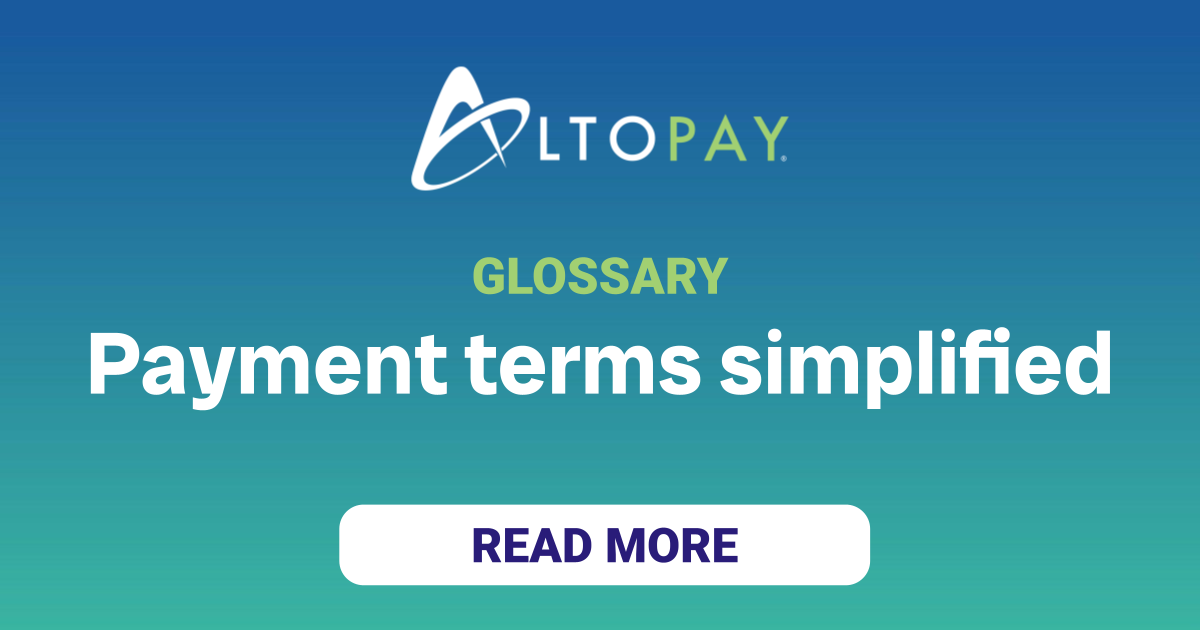TC40 is a Visa transaction code for issuer-reported fraud. When a transaction is classified as fraud — either by a cardholder or the issuing bank — the issuer marks the transaction with a TC40. This indicates to Visa and other members of the payments ecosystem that the transaction was allegedly unauthorized.
NOTE
Even though a transaction has a TC40 associated with it, it doesn’t necessarily mean the purchase was unauthorized. “Friendly” fraud can easily be disguised as criminal fraud. Friendly fraud happens when a cardholder disputes a legitimate purchase, falsely claiming they didn’t authorize it or didn’t receive what was promised.
It’s important to determine if your TC40s are cases of criminal fraud or friendly fraud, because the management strategy for each is vastly different. Let AltoPay know if you’d like help with this task.
In some situations, an issuer will accept financial liability for the fraud. In other situations, the issuer will pass the liability on to the merchant by filing a chargeback. This means the issuer would mark a single transaction with both a TC40 and a TC15.
Visa uses TC40 data to calculate your VAMP ratio. It’s important to have easy access to this data so you can monitor your fraud activity in real time and keep ratios below thresholds. AltoPay provides this hard-to-come-by data so you can make educated, accurate decisions in a timely manner.
NOTE
Visa uses several transaction codes to classify different scenarios.
- TC – 05 = Sale
- TC – 06 = Refund
- TC – 15 = Sale that has been disputed
- TC – 40 = Sale that has been reported as fraud

For more than a decade, Jessica Velasco has been a thought leader in the payments industry. She aims to provide readers with valuable, easy-to-understand resources.


